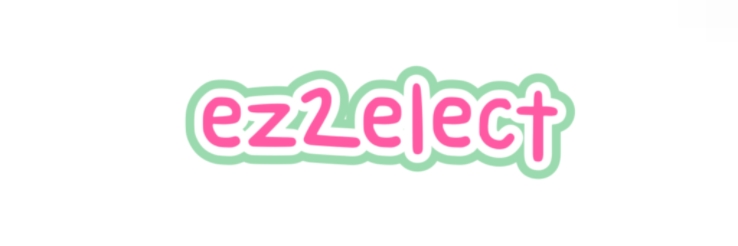Key Factors When Choosing Rectifier Modules for Export
Dec. 30, 2024
# Key Factors When Choosing Rectifier Modules for Export.
Rectifier modules are essential components in various electrical systems. They convert alternating current (AC) to direct current (DC), making them a crucial element for industrial and commercial applications. When exporting rectifier modules, careful selection is vital. Here are key factors to consider to ensure optimal performance.
## 1. Understand Your Application Requirements.
### a. Load Specifications.
Before choosing a rectifier module, understand your load's specifications. Determine the voltage and current requirements. Knowing if your application needs high or low power facilitates better choices. This helps you avoid compatibility issues down the line.
### b. System Voltage.
Consider the system voltage. Different applications require different voltage levels. Choose a rectifier module that matches your application’s voltage needs. Mismatched voltage can lead to inefficiencies or even equipment damage.
## 2. Reliability and Performance.
### a. Quality Standards.
Select modules that comply with international quality standards. High-quality rectifier modules are more reliable and durable. They can withstand harsh operating conditions. Always check for certifications like ISO and CE when making your choice.
### b. Thermal Management.
Thermal performance is crucial. Overheating can diminish the lifespan of a rectifier module. Choose modules with effective thermal management features. This ensures they can operate under demanding conditions without failure.
## 3. Size and Form Factor.
### a. Space Constraints.
Evaluate the physical space available in your application. Some projects have specific spatial restrictions. Choose modules that fit well within constraints. This will make installation easier and more efficient.
### b. Mounting Options.
Consider mounting options as well. Some rectifier modules offer flexible mounting solutions. Ensure that the chosen module can be installed easily in your setup. Compatibility with existing systems is a must for smooth operations.
## 4. Cost and Budget.
### a. Initial Investment.
Cost plays a significant role in decision-making. While you may find cheaper options, balance cost with quality. Investing slightly more in a reliable module can save costs on repairs and replacements later. Find the best value rather than the lowest price.
### b. Long-Term Savings.
Don’t forget about long-term costs. Energy efficiency influences the overall expenditures over time. High-efficiency rectifier modules can lower energy bills and reduce operational costs.
## 5. Supplier Reputation and Support.
### a. Trusted Manufacturers.
Select rectifier modules from reputable suppliers. Established manufacturers often provide quality products. They also tend to offer better customer support. Doing some research on the supplier's track record can help you make informed decisions.
### b. Customer Support and Warranty.
Evaluate the customer support offered by the supplier. Good support is essential, especially for troubleshooting. A solid warranty also protects your investment. Make sure you have access to help if needed.
## Conclusion.
Choosing the right rectifier module for export is a crucial process. It ensures the efficiency and reliability of your electrical systems. Focus on application requirements, reliability, size, cost, and supplier reputation. Making careful choices based on these factors will lead to successful outcomes. By doing so, you will enhance your operations and ensure long-term satisfaction. Remember, investing in quality pays off. Happy exporting!
Click here to get more.
If you are looking for more details, kindly visit New And Used Rectifier Module export, NOKIA AMIA wholesale.
27
0
0

Comments
All Comments (0)